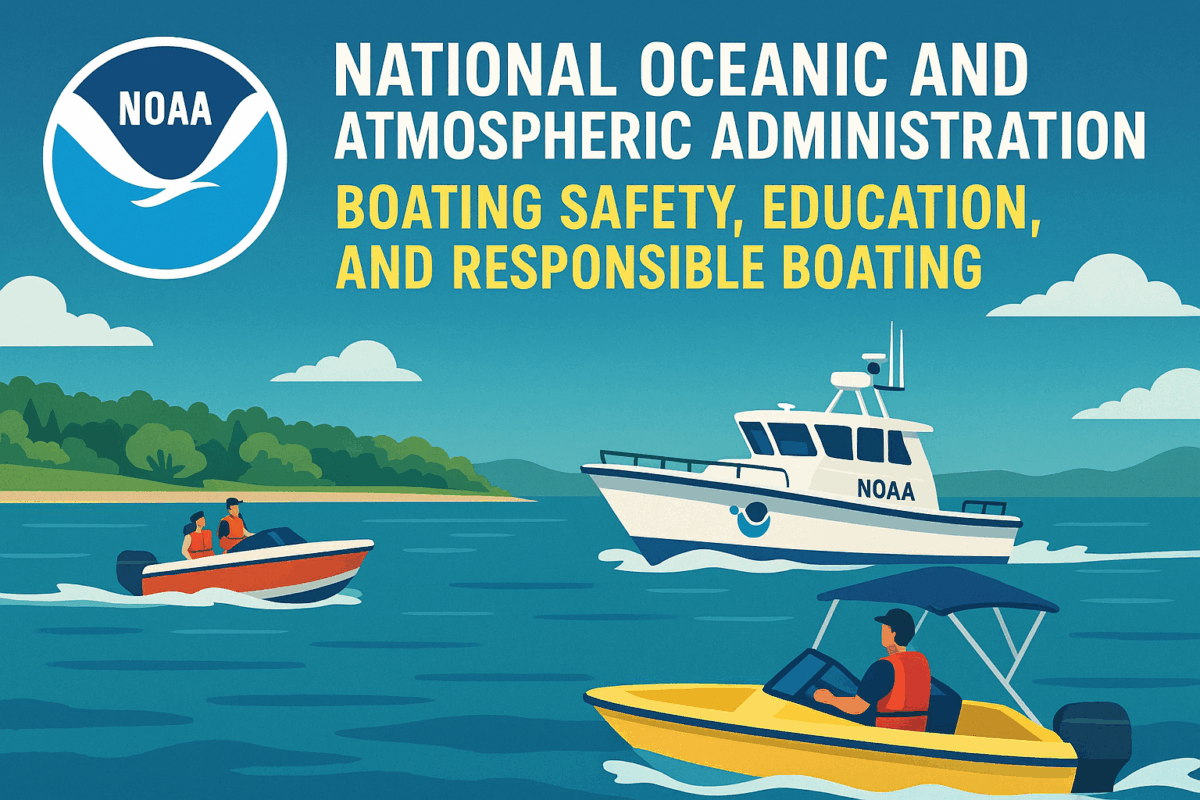Call: 1-800-832-7191

NOAA Weather Radio
NOAA Weather Radio: Your Lifeline During Severe Conditions
Boaters and outdoor enthusiasts rely on these channels for accurate, real-time weather alerts. Because conditions can change quickly, having a reliable source of information is essential. NOAA Weather Radio broadcasts continuous updates, including warnings, forecasts, and emergency messages across all U.S. regions.
Stay Ahead of the Storm
Before heading out, check your VHF for marine forecasts and storm alerts. Although skies may appear clear, sudden changes can occur. Therefore, monitoring broadcasts helps you avoid dangerous situations. Additionally, NOAA provides updates on wind speed, wave height, and visibility. These details allow boaters to make informed decisions and adjust plans accordingly.
Coverage and Accessibility
This uses a nationwide network of transmitters. Because signals reach over 95% of the U.S. population, coverage is extensive. Radios equipped with Specific Area Message Encoding (SAME) allow users to receive alerts tailored to their location. Moreover, many models include battery backups, ensuring access during power outages. Consequently, NOAA Weather Radio remains dependable even in emergencies. Weather plays a super important role in boating and should never be taken lightly. If you have heard multiple forecasts, always go with the one that sounds the worst. You can never go wrong doing it that way.
NOAA Weather Radio: Features That Enhance Safety
The system includes alerts for hurricanes, tornadoes, floods, and other hazards. These warnings activate automatically, even when the radio is silent. Furthermore, some devices integrate with GPS and marine electronics. This connectivity improves situational awareness and response time. Because emergencies demand quick action, having instant access to alerts can save lives.
Make It Part of Your Safety Routine
Include NOAA Weather Radio in your pre-departure checklist. Charge the device or check battery levels before leaving shore. In addition, program your location settings to receive relevant alerts. By doing so, you stay informed and prepared. Ultimately, combining technology with good judgment enhances safety and peace of mind.
